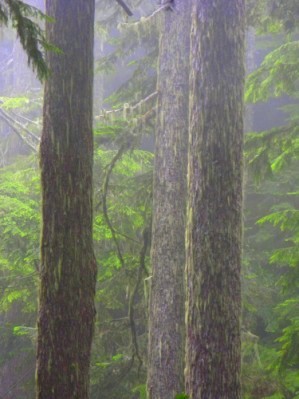Glacier Peak – The most isolated of
the Cascade volcanoes and the 5th highest peak in the 42nd
State. It stands 7,500’ feet above the surrounding Glacier Peak Wilderness, yet
despite this, the peak is difficult to see from all populated areas in
Washington. In a state named after our country’s founder, Glacier Peak is the central
source of Earth’s most precious resource: pure H2O saturated with
ancient dissolved minerals. It is ironic then that the mountain named for
its large moving masses of frozen compacted snow has the fastest receding
glaciers in WA.
We won’t be the first
to ski from the summit but if the world ends on 12.21.2012, we will be the
last!
A: Start riding bikes here
- 1,350'
B: Stow bikes here and
start hiking - 2,100'
C: White Pass - 6,000' (possible
camp here the first night)
D: Glacier Gap - 7,600''
(possible base camp for summit bid)
E: Summit - 10,541' (23
miles from our car and only halfway done)
Thursday 24th -
Depart Seattle after work and camp at trailhead (A).
Friday 25th - Bike to
Trailhead #649, then hike/ski to first camp (C).
Saturday 26th -
Traverse to Glacier Gap (D). Depending on weather, camp could be high on
Glacier Peak.
Sunday 27th - Summit,
then ski back to basecamp (D). Depending on weather, camp that night may be as
far as White Pass.
Monday 28th - Hike out
to bikes, ride back to car (A). Eat!
North Fork Sauk Trail #649: Trailhead at 2100 ft, 35 miles
roundtrip to the summit via White Pass, with about 10,500’ total gain.
Difficult creek crossing at Red Creek, washed out bridge.
Due to road washout at MP 0.8
on FR 49 at 1500 ft, add 12 miles and about 600 ft of gain, for a grand total
of 47 miles and over 11000 ft of gain.


















































.jpg)
